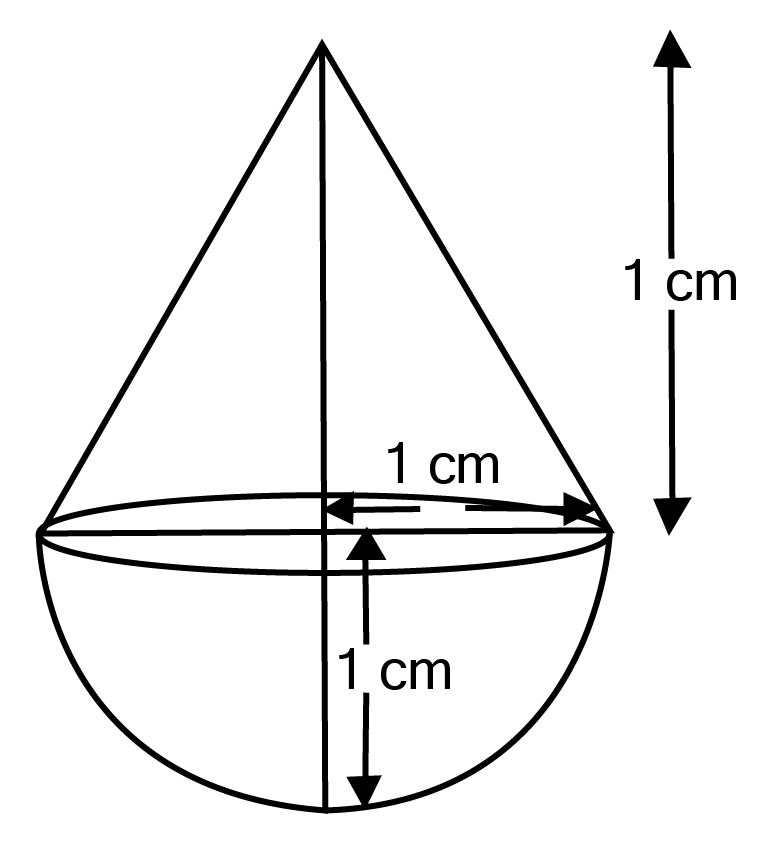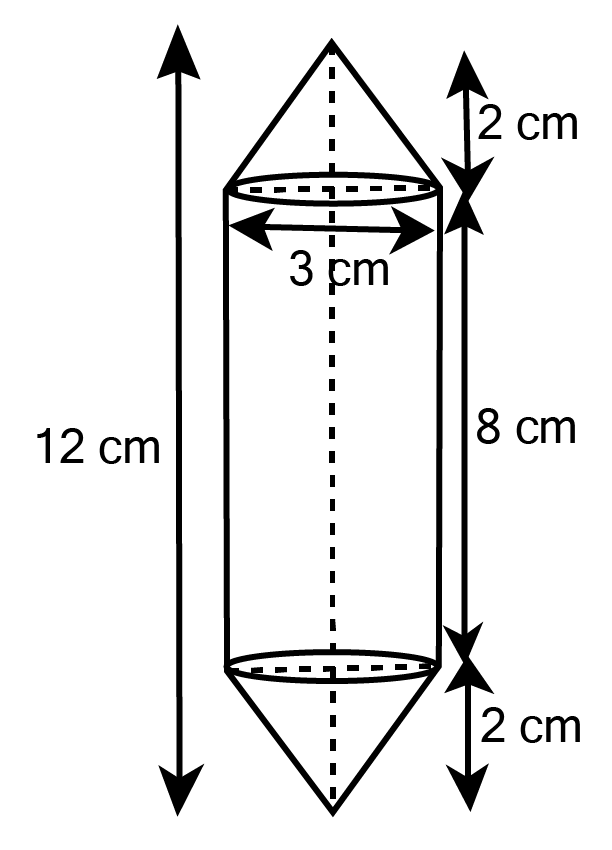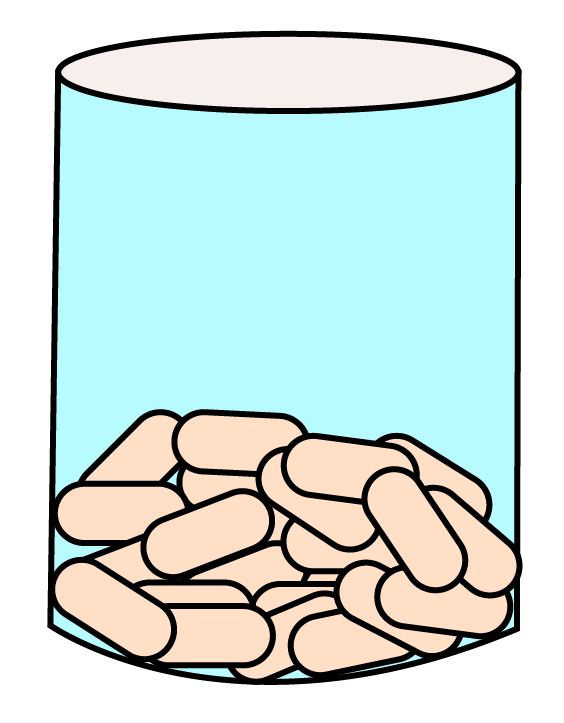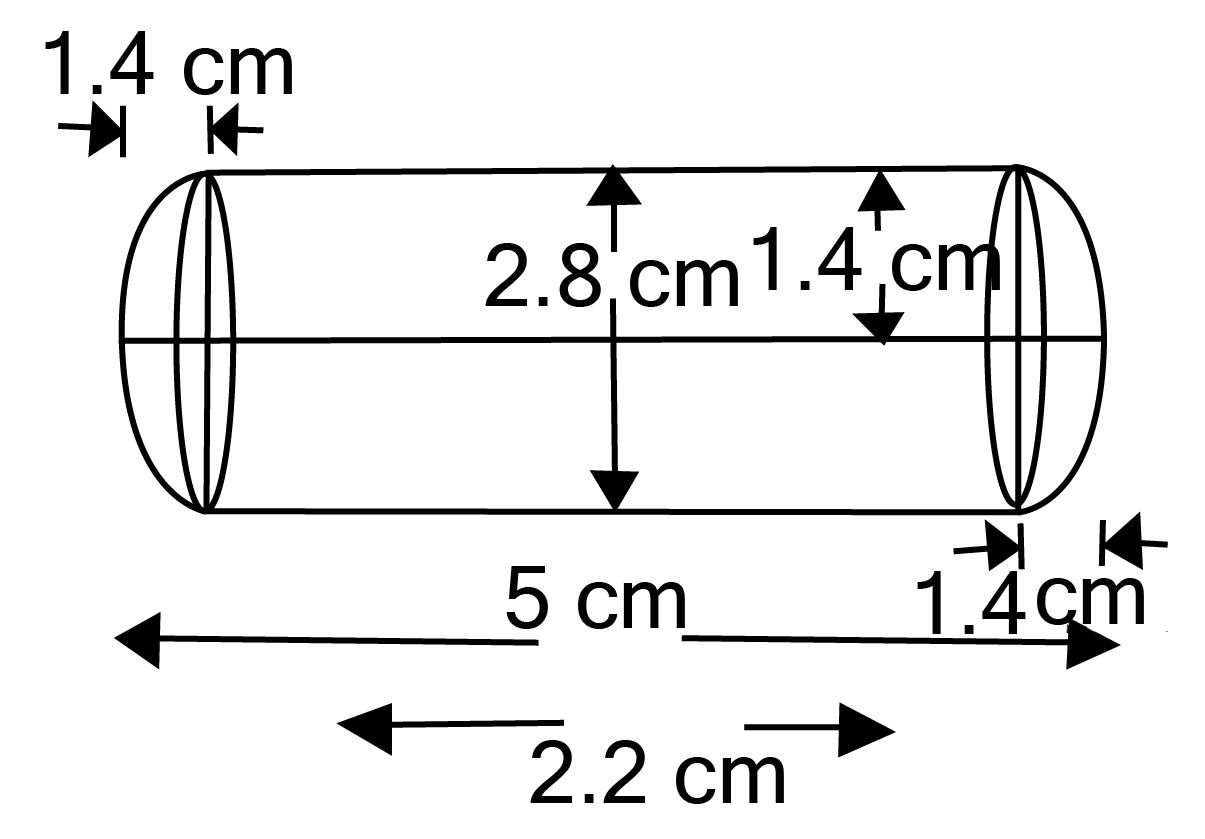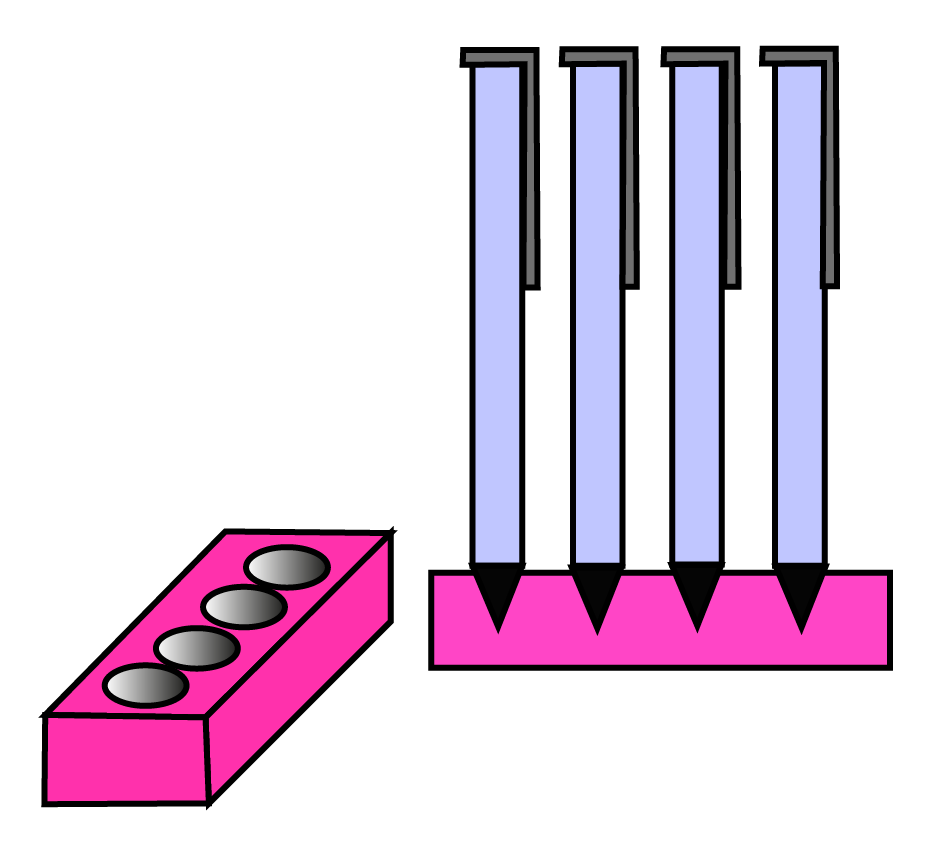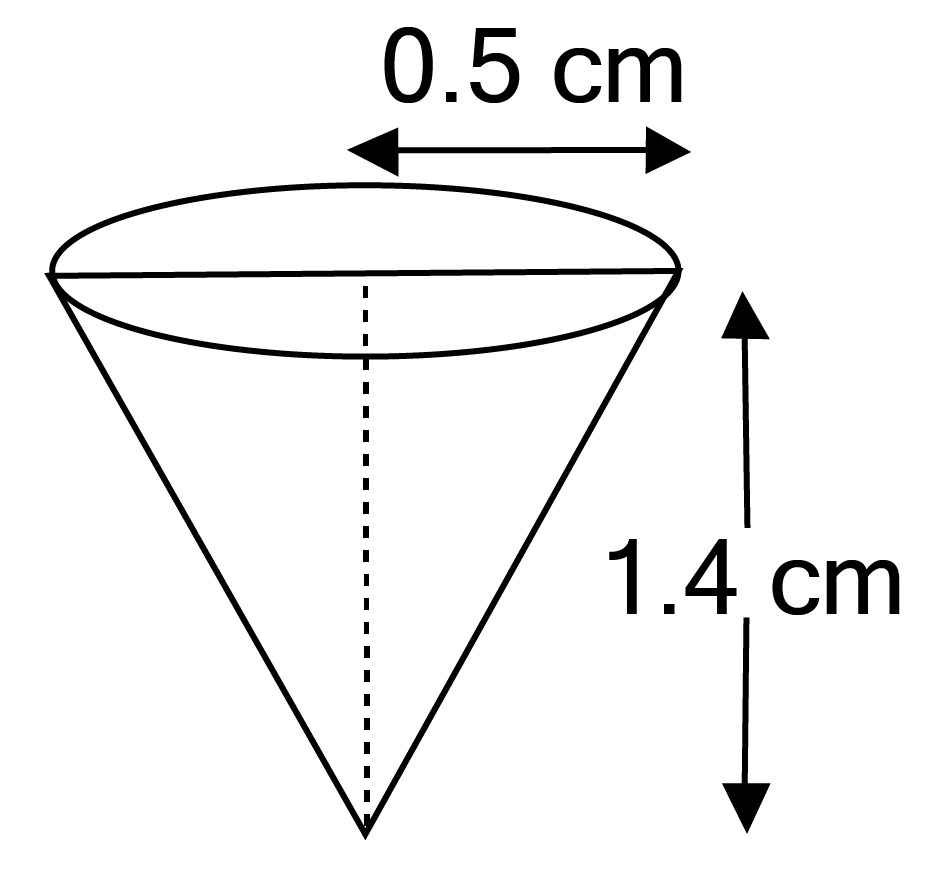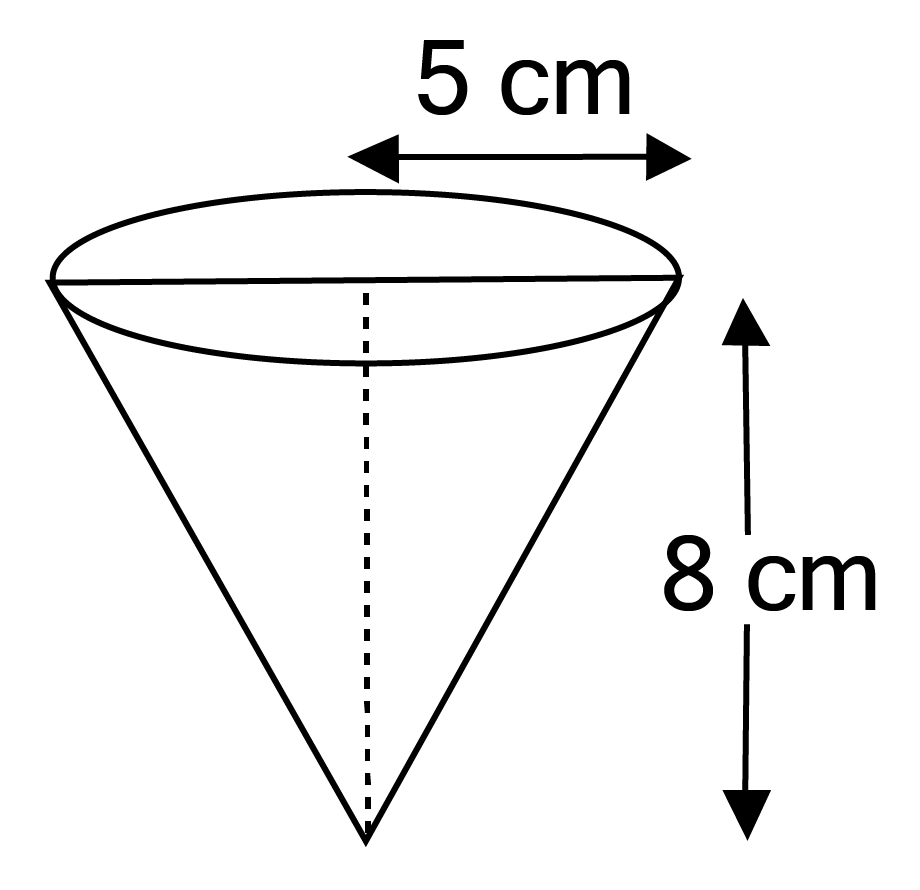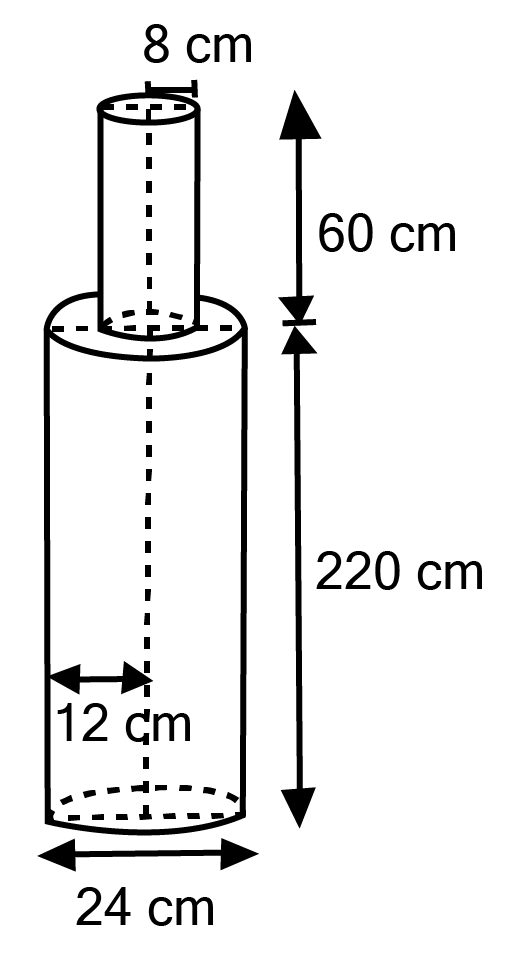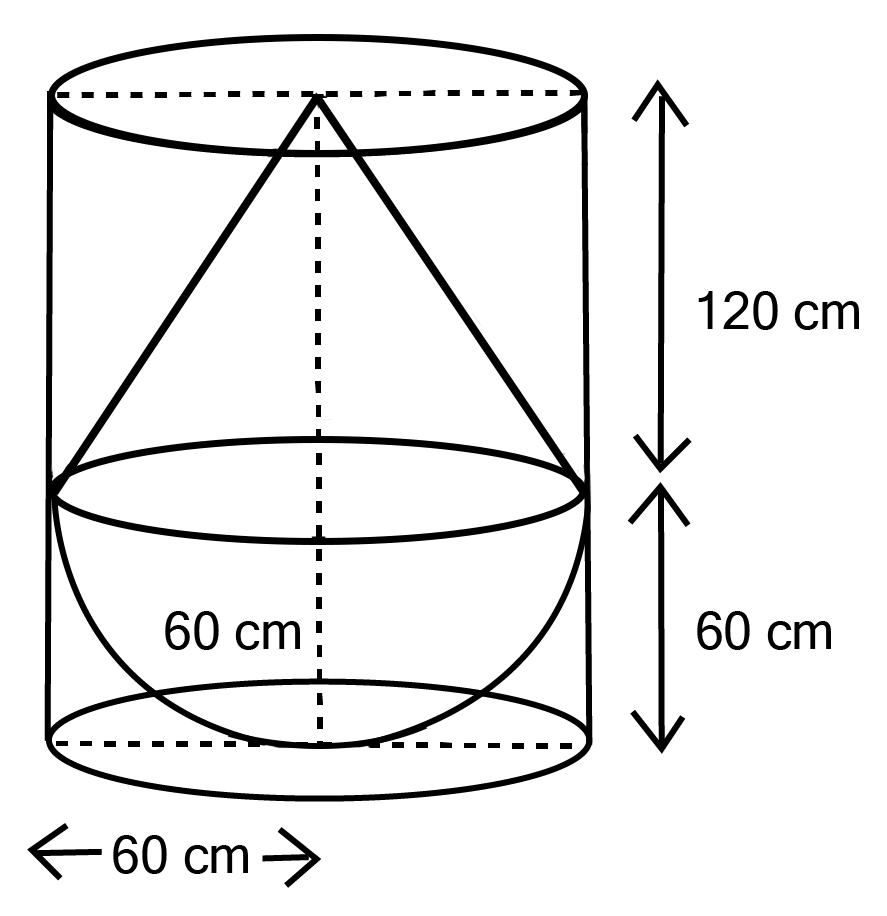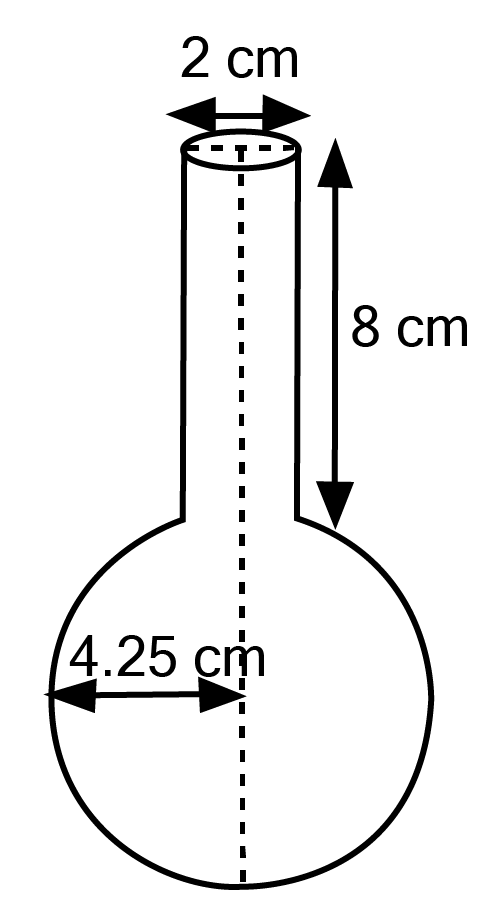NCERT Solutions for Class 10 Maths Chapter 12 Exercise 12.2 - FREE PDF Download
NCERT Solutions for Class 10 Maths Chapter 12 Surface Areas And Volumes Ex 12.2
FAQs on NCERT Solutions for Class 10 Maths Chapter 12 Surface Areas And Volumes Ex 12.2
1. What will I study in this chapter?
Surface Areas and Volumes is one of the most fascinating chapters of Class 10 Maths. In CBSE Class 10 Maths Book Solutions, you will understand about the cuboid and its surface area, cube and its surface area, cylinder and it’s surface area, right circular cone, sphere and volume of cube, cuboid and cylinder. You will also come across the hemisphere and its surface area, combination of solids, shape conversion of solids and volume of a frustum. Our NCERT Solutions for Class 10 Maths Chapter 13 consists of 5 exercises with 38 questions in total and they are prepared by expert teachers based on the current Class 10 Maths syllabus.
2. How many questions are there in this exercise?
This exercise of Surface Areas and Volumes NCERT Solutions for Class 10 Maths Chapter 13 consist of 8 questions. Question 1, 2 4 and 7 are based on finding the volume of different shapes like the solid, the volume of air, the volume of wood, the volume of water. Question 3, 5 and 8 are scenario-based questions. Where incidents or situations are mentioned and you will have to find whether the given numbers are correct or not. Question 6 is based on mass, where you will have to find the mass of a pole.
3. Explain about Volume of Cube and Cylinder.
Volume of Cube
Here, in CBSE Class 10 Maths Chapter 13, you will learn that all the dimensions of the cube are identical, Volume = l3
Here, l will be the length of the cube of the edge
The volume of a cube = base area×height
Volume of Cuboid
Volume of a cuboid =(base area)×height=(lb)h=lbh
Volume of Cylinder
Volume of a cylinder = Base area × its height = (π×r2)×h=πr2h
In the later part of Class 10 Maths Surface Areas and Volumes, you will also come across the volume of a right circular cone, the volume of a sphere, the volume of a hemisphere, and hemisphere and it’s surface area.
4. How are the solutions for the exercise questions provided by Vedantu?
NCERT Solutions are explained in an easy to understand way. The solutions are to the extremity and suitable with high precision solutions for all the exercise questions. NCERT Solutions for Class 10 Maths are the most high-grade preparation materials which are equipped with the test point of representation. The answers are sketched as per the latest CBSE maths syllabus and CBSE NCERT Books.
All our NCERT answers will make learners build their conceptual knowledge of the concepts. They will also develop a strong foundation with the concepts as they are explained with examples and diagrams. NCERT Solutions by Vedantu are the most reliable study materials provided for smart education and effective answering of questions.
5. Which is the important section of Exercise 12.2 of Class 10 Maths?
Surface Area Combination Of Solids is the most important section for solving exercise 12.2 of NCERT class 10 Maths. But all other sections and exercises present in the chapter too are equally important from the exam point of view. To have a holistic understanding of the section, download NCERT Solutions Class 10 Maths Chapter 13 on Vedantu and get free of cost and full solutions to the 12.2 exercise. Practice these questions to improve your marks.
6. What to study in Exercise 12.2 of class 10 Mathematics?
In order to successfully solve exercise 12.2 of NCERT Class 10 Maths, you need to study the section called Surface Area Combination of Solids. This section will help you in solving the questions that have been asked in exercise 12.2 of the NCERT Maths textbook. For full step by step solutions of the exercise, download NCERT Solutions Class 10 Maths Chapter 13 Exercise 12.2 PDF available free of cost only on the Vedantu website (vedantu.com) and app.
7. Can you please brief me about the Class 10 Maths Chapter 13?
In Chapter 13 of Class 10 Maths, it's all about surface area and volume of 3-dimensional solids. On Vedantu, you can download the NCERT Solutions Class 10 Maths Chapter 13 PDF and get access to the full explanation and solutions of the Class 10 Maths Chapter 13 on Surface Area and Volume. All the exercises and examples have been solved step by step by experts.
8. What are the basics of Class 10 Maths Chapter 13?
The basics that you need to cover in Class 10 Maths Chapter 13 are Surface Area Of Combination Of Solids, Volume Of A Combination Of Solids, Conversion Of Shape From One Solid To Another, and Frustum Of A Cone. To get solutions to exercises related to these topics, you can download the NCERT Solutions Class 10 Maths Chapter 13 on Vedantu and practice daily to ensure good grades.
9. What are the important formulae to remember in Class 10 Maths Chapter 13?
Some of the most important formulae that you need to remember in completing your Class 10 Maths Chapter 13 are - Curved Surface Area Of Cone, Curved Surface Area Of Hemisphere, Height Of The Cone, Slant Height Of The Cone, Curved Surface Area Of Cylinder, Volume Of A Frustum Of Cone, Curved Surface Area Of A Frustum Of Cone, and Total Surface Area Of A Frustum Of Cone.




















 Watch Video
Watch Video



